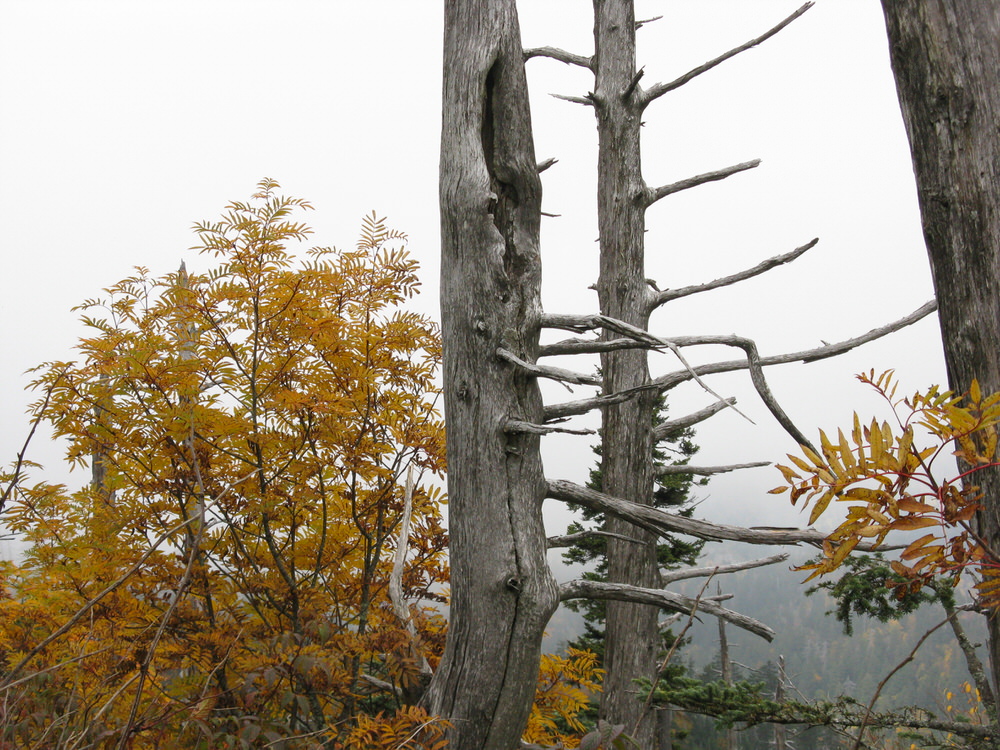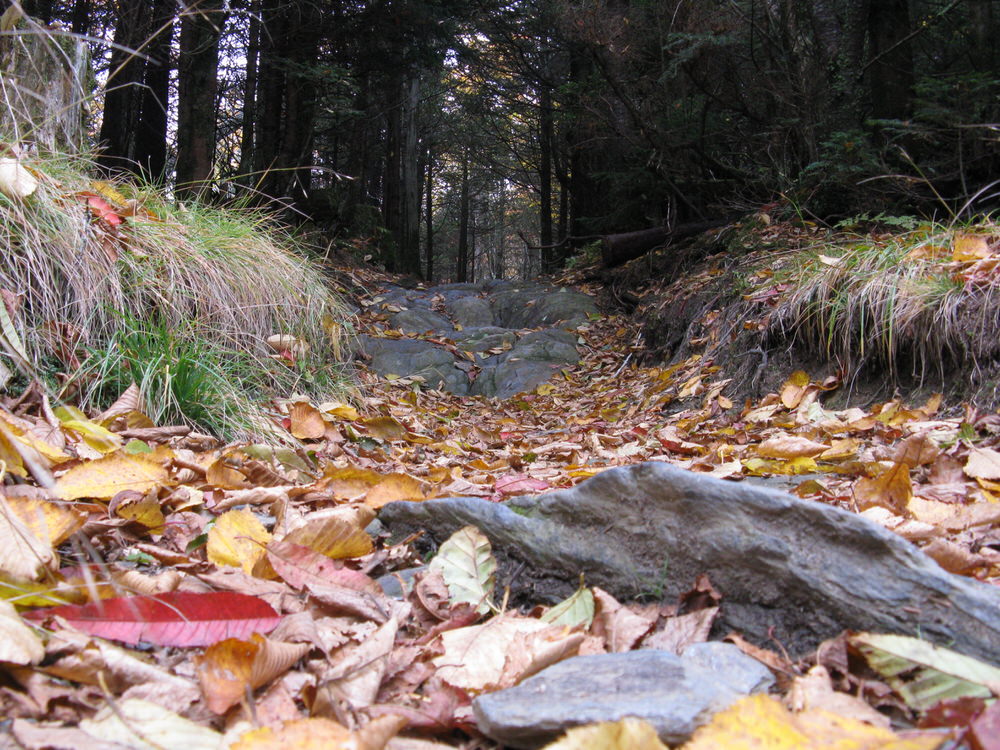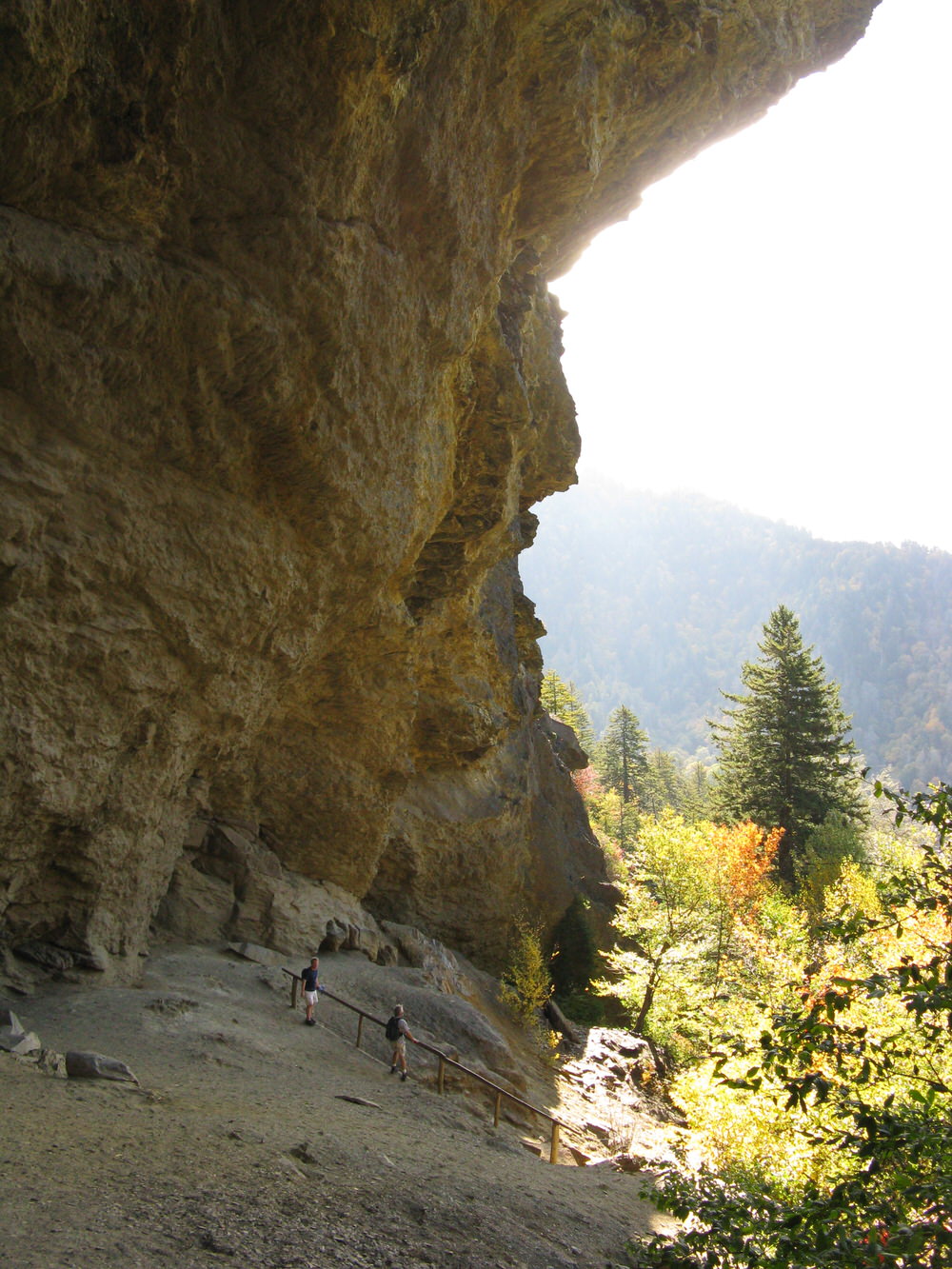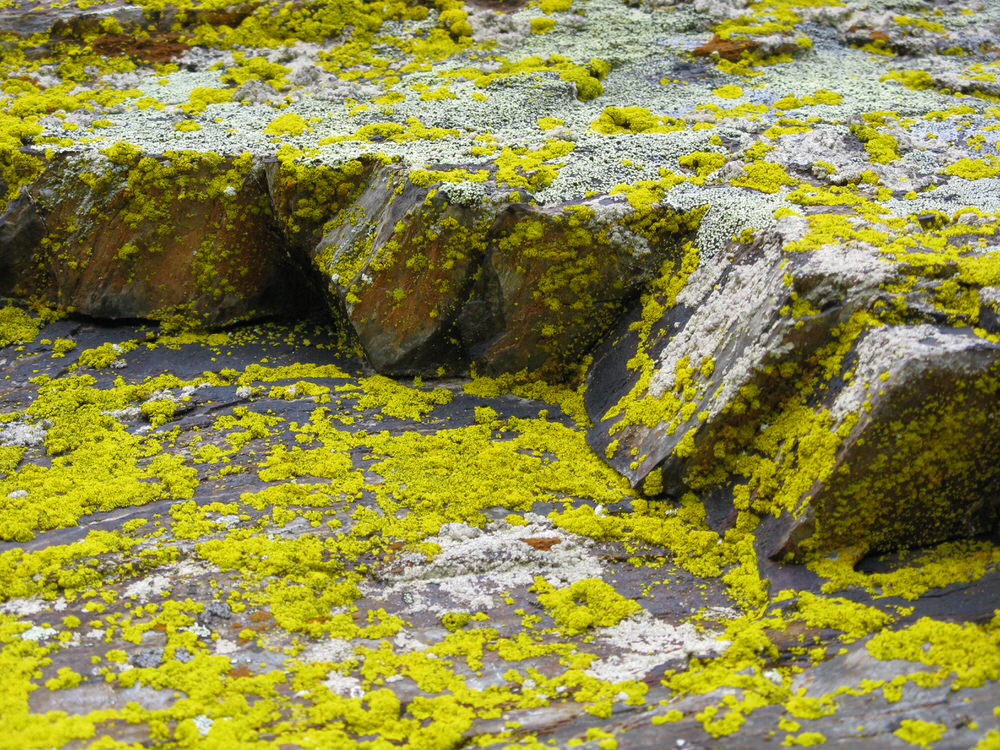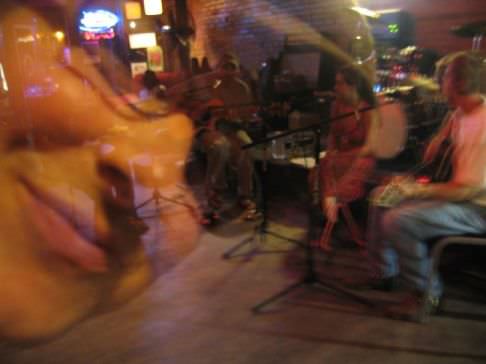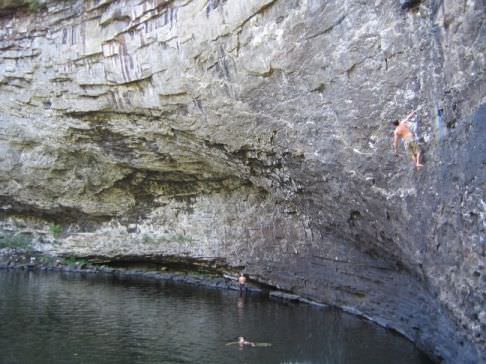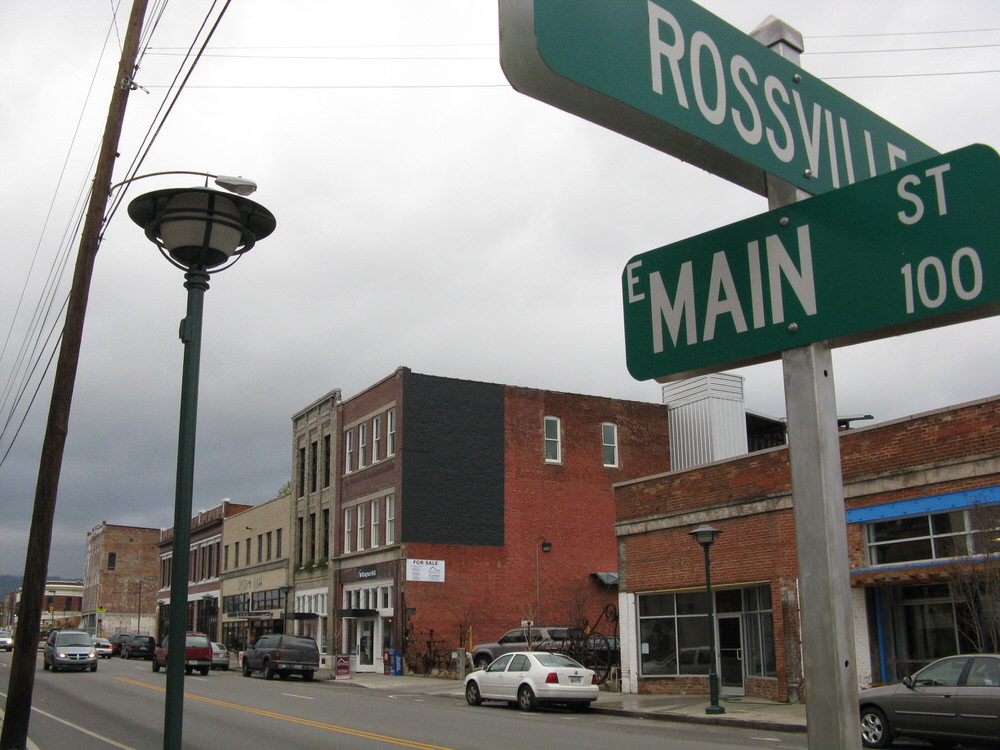 Walk down the sidewalk of East Main Street in Chattanooga, and you’ll see dilapidated, falling apart, crumbling-right-before-your-eyes buildings next to freshly-renovated places open for business. You'll see graffitied walls next to iron sidewalk sculptures, brick streetscaping next to weeds in the cracks on the curb.
Walk down the sidewalk of East Main Street in Chattanooga, and you’ll see dilapidated, falling apart, crumbling-right-before-your-eyes buildings next to freshly-renovated places open for business. You'll see graffitied walls next to iron sidewalk sculptures, brick streetscaping next to weeds in the cracks on the curb.
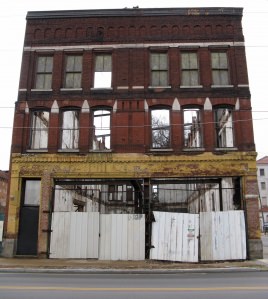
The shell of a brick building, no roof on the top, glass in the windows... or doors, for that matter.
Having recently spent millions building parks and paths along the Tennessee River that runs through downtown, the city has turned its attention to revitalizing a four-block stretch further inland. The idea is to move restaurants, businesses, galleries and art studios into the once gritty part of town, and to encourage people to live there.
Even as I strolled down the street during my visit to Chattanooga last week, change was happening: jackhammers pounded, construction workers in hard hats yelled conversations at one another, signs proclaimed “Coming Soon” and “Will Build to Suit.”
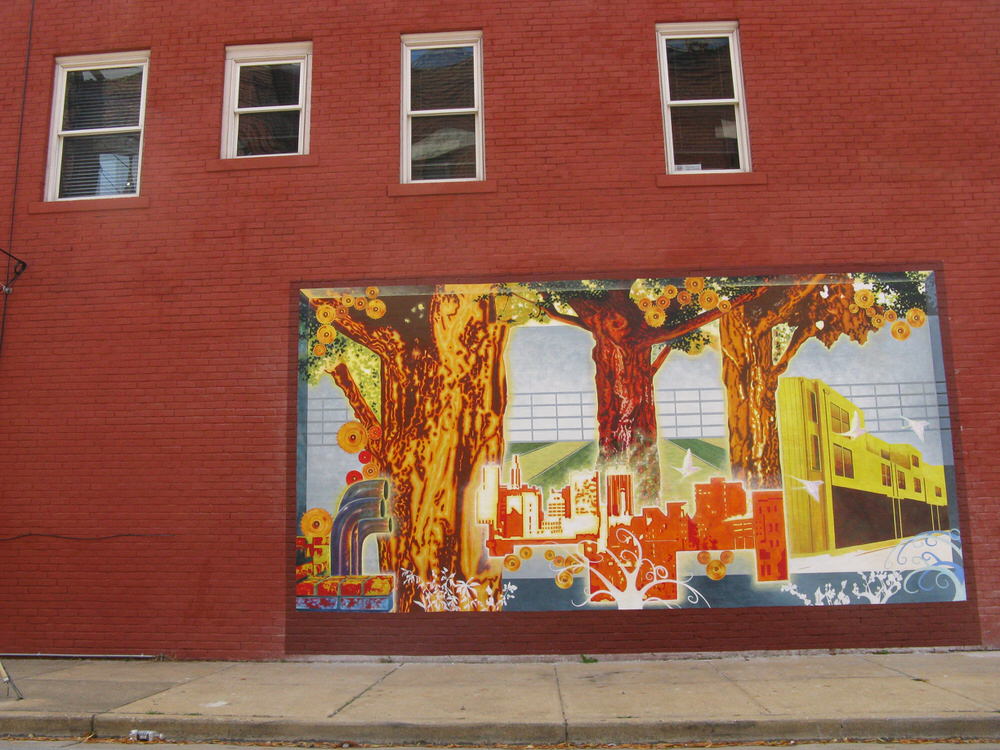
The mural painted on the side of Madia's Healing Arts studio
Private foundations have invested hundreds of thousands of dollars into the project, and it seems to be working. The Bluegrass Grill was packed with lunch goers eating Greek salads or corned beef and Swiss cheese sandwiches, Madia’s Healing Arts had a full schedule of yoga classes and spa treatments available and people were tapping away at their computers in the office of CreateHere, an organization that supports the economic and cultural development of the city.
I stopped into Niedlov’s Breadworks, an organic, artisan bakery in a refurbished building at 215 E. Main, where the motto is "We love to knead. We knead to love." The ambiance was simple and nice — wooden tables, walls of exposed brick and pumpkin-colored plaster, a barn-like wooden ceiling — and the baked goods were delish. I had a cinnamon roll made with Indonesian course-ground cinnamon. I could taste the difference. OK, not really, but it was light, fluffy and melt-in-your-mouth.
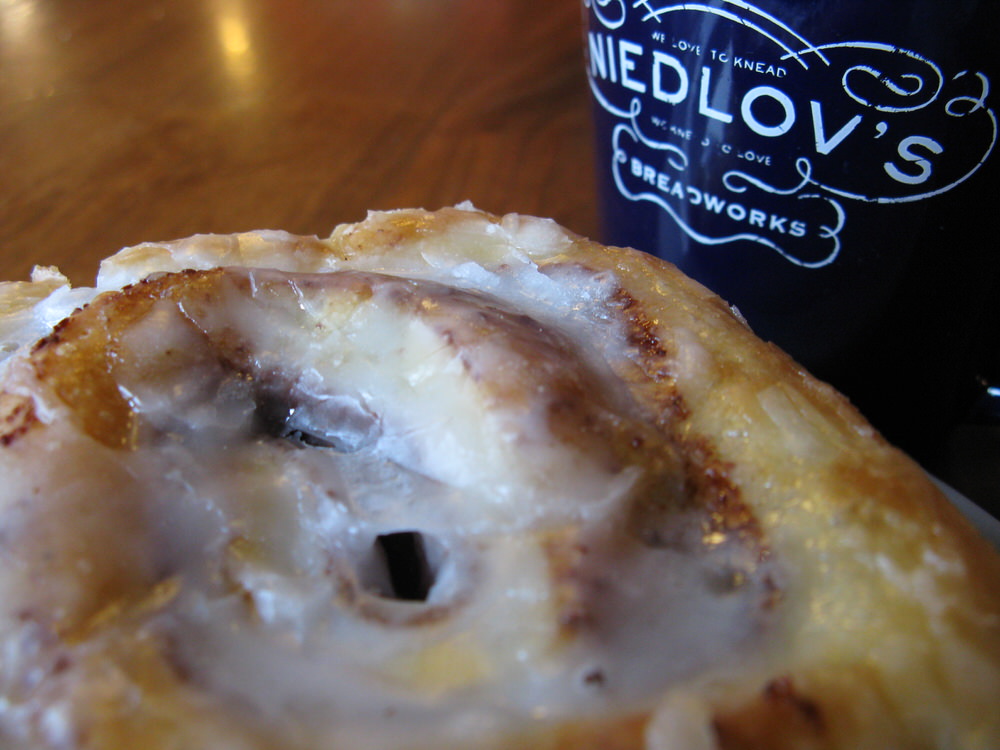
My breakfast
With all the changes taking place on Main Street, I can guarantee a year from now, it will be a completely different — and a really cool — place to be.
Here are a few other pictures of Chattanooga. Sorry, I can't resist:
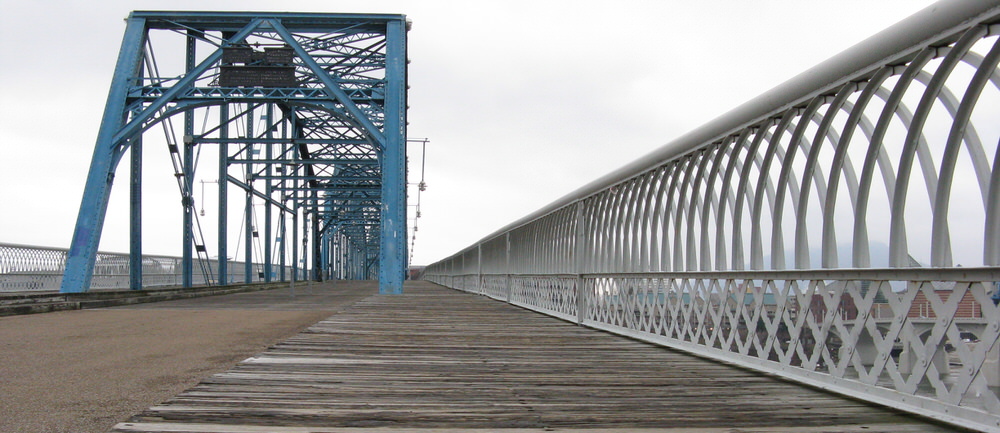
The Walnut Street walking bridge across the Tennessee River, which connects the shops and parks on the North Shore with the arts district downtown
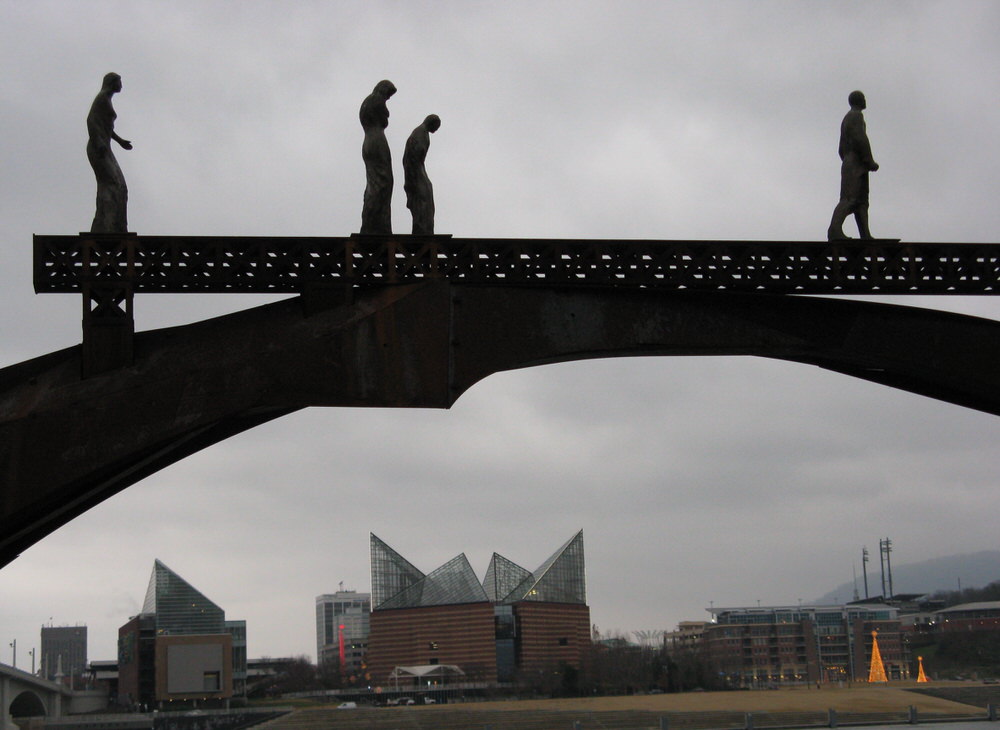
The Tennessee Aquarium as seen from the opposite side of the river
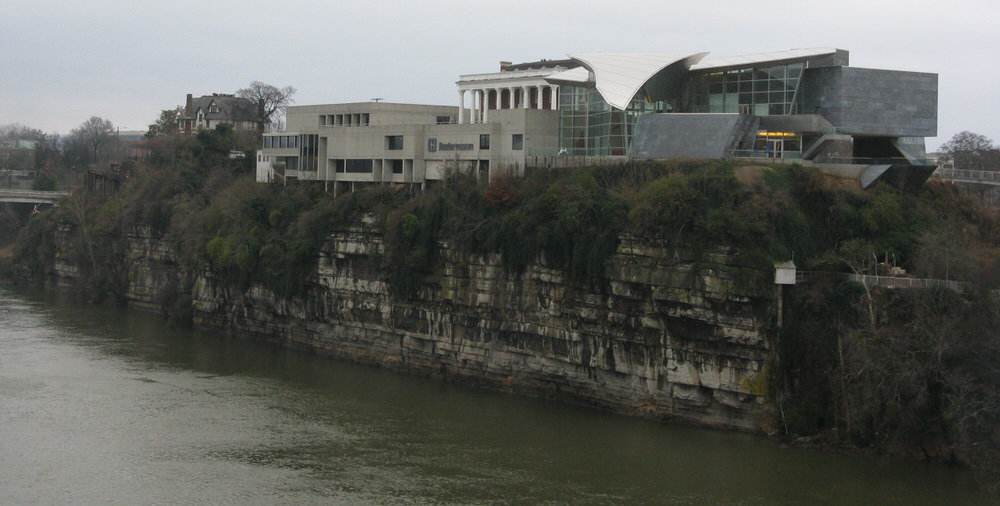
The really-old, sort-of-old and new wings of the Hunter American Art Museum, taken from the Walnut Street Bridge
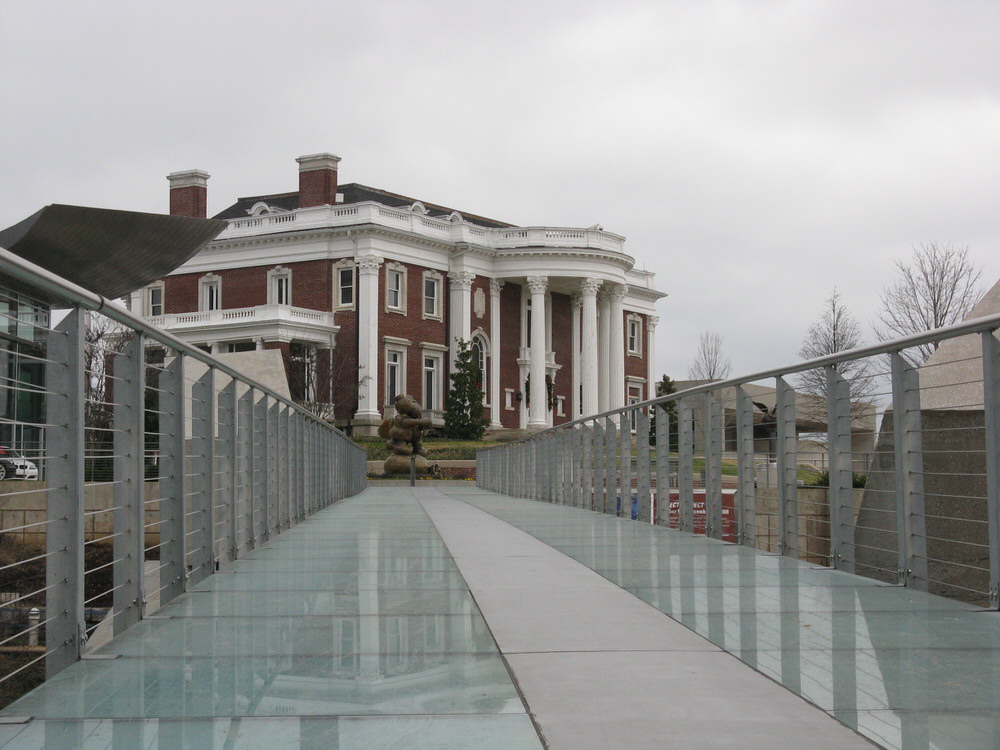
The Hunter Museum and the Holmberg glass pedestrian bridge. (I hear they put that metal strip down the middle of the bridge so people on the road below can't look up women's skirts.)
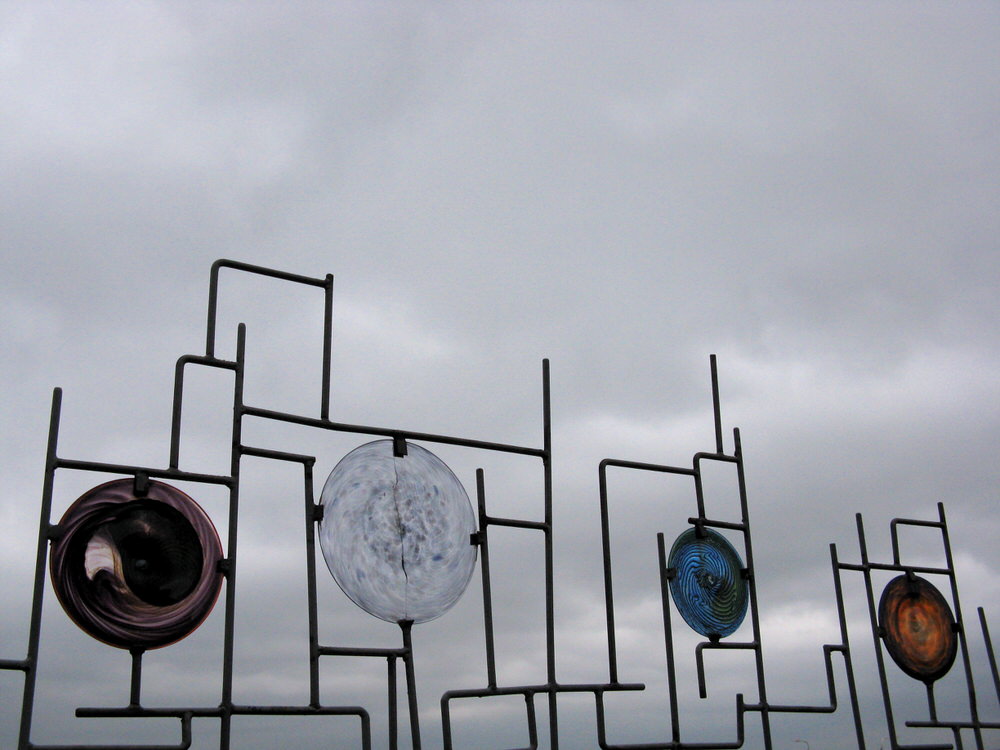
A glass and iron sculpture around a balcony in the Bluff View Arts District
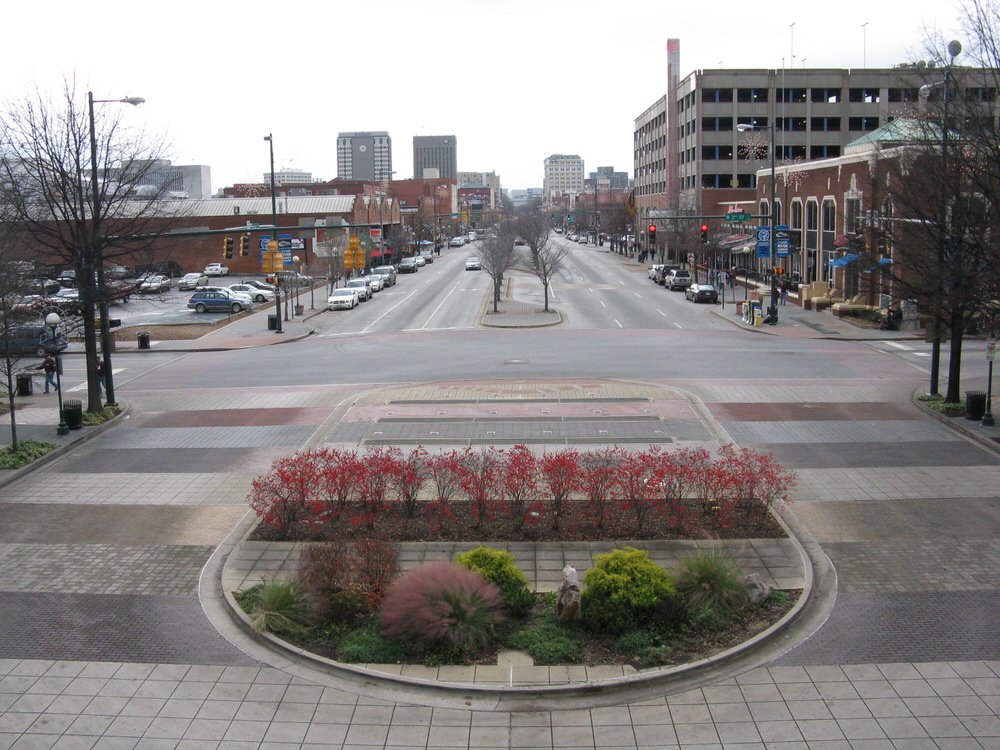
Broad Street, from the Tennessee Aquarium
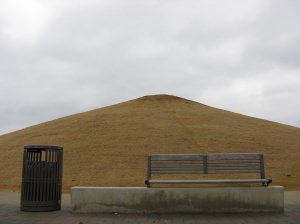
A bench and trash can in front of a grassy hill in Renaissance Park
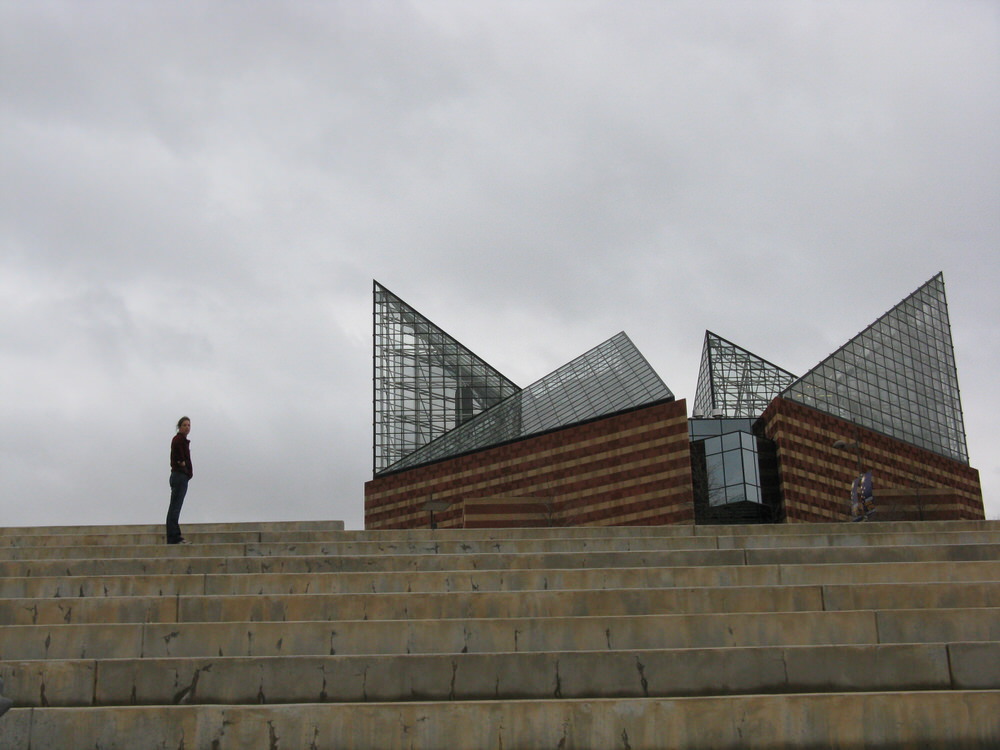
My sister Laura on the stadium-seating steps at Ross' Landing, in front of the aquarium. (This is right before she broke out in a dance routine to the Britney Spears' "Womanizer.")




